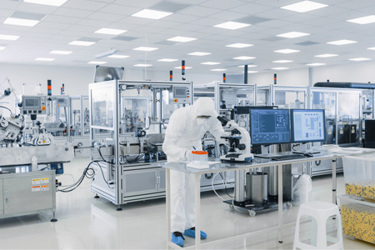Successful Techniques For Progressing Biotherapeutic Candidates From Late Discovery To The Clinic
By Brandy Sargent, Chief Editor, Cell Culture Dish in partnership with Lonza

The reality is that many initially promising biotherapeutic candidates never make it to commercialization. It is estimated that only 1 in 1000 preclinical candidates reach the commercial market. Why does this happen? There are many that fail due to lack of efficacy or safety, but there are also candidates that fail due to stability, aggregation, and other issues related to cell line or process issues. While some issues may never be satisfactorily resolved to the point where commercialization is possible, others can be saved with early identification, engineering and process development approaches. Even for candidates that can’t be rescued, it is critical to know this early, so that time and resources aren’t wasted on a product that ultimately has no path forward. Therefore, it is imperative that strategies and technologies are available to evaluate and identify issues early in the development phase and address challenges where possible.
In a recent virtual symposium, Lonza gathered industry experts to provide insight on the resources available for successfully progressing biotherapeutic candidates from discovery to the clinic. Presenters from academia, local biotech companies, and Lonza shared information on new and established technologies enabling translational research. I have highlighted a couple of the talks from the seminar in this article.
Get unlimited access to:
Enter your credentials below to log in. Not yet a member of Bioprocess Online? Subscribe today.
